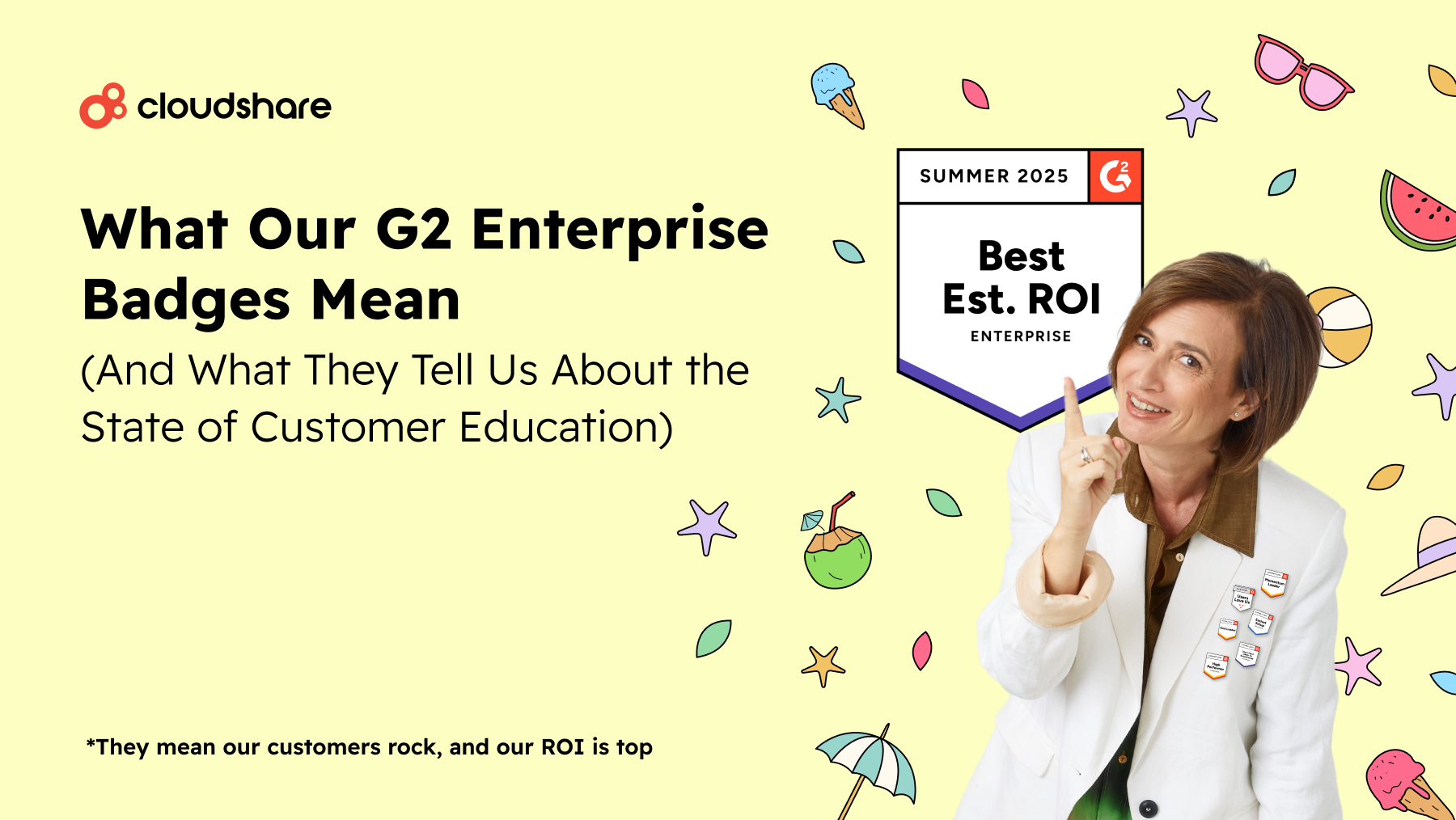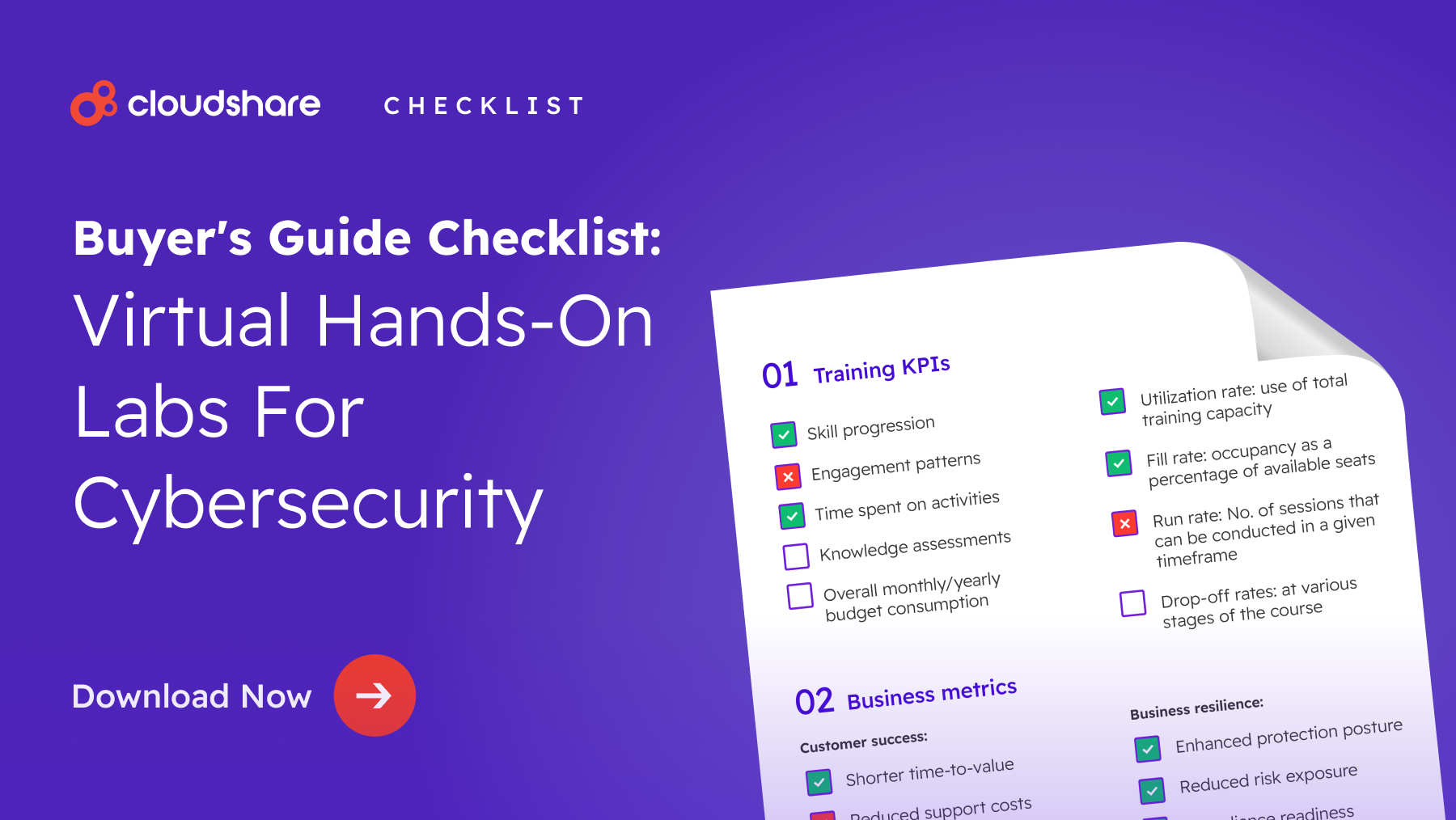Glossary
Employee Everboarding
What is Employee Everboarding?
Everboarding is an ongoing process that changes from a one-time onboarding workflow to one of continuous education. The goal of everboarding is to develop an experience where new hires can more easily integrate into a company’s operations, values, and culture over a more extended period.
You can think of it as continuous onboarding, changing education, feedback, and progress to an ongoing process rather than something that happens when an employee is hired.
An ideal everboarding process is designed to help keep employees motivated, engaged, and productive long after they start working.
Challenges of Traditional Onboarding
We’ve relied on traditional onboarding processes for years, but it’s not perfect. A few of the common challenges of these new hire processes include the following:
- Doesn’t typically support hybrid work environments.
- Employees can struggle to retain information once they begin working, which can be frustrating if they don’t feel adequately prepared.
- Engaging remote employees with a company’s culture takes time rather than a single session.
- Providing personalized training that meets the unique needs of new hires isn’t always possible.
Employee everboarding aims to address each of these challenges by transforming the typical onboarding process for the modern workforce.
How to Move from Onboarding to Everboarding
Onboarding has been a valuable tool, but many organizations are starting to see its shortcomings in the modern world of hybrid workforces, rapid technological changes, and a greater need to retain employees.
Developing an ongoing, engaging training program is becoming mission-critical. So, let’s explore how you can move from onboarding to everboarding. Your exact steps may be in a slightly different order, but the following steps will help get you started:
- Redefine overall objectives: The process begins by defining your new goals and objectives for the new everboarding program. This shift will ideally move from focusing on initial orientation to ongoing training and development.
- Involve leaders and managers: Trainers, managers, and other leaders are a driving force in everboarding. Ensure those directly involved in initial orientation and management are aware of moving to everboarding and how it affects their roles.
- Adopt virtual training solutions: Onboarding and training require easy-to-use tools that allow employees to access materials or courses. Every organization’s needs will vary, but many will benefit from having a learning management system (LMS) or a virtualized environment for hands-on experience with software.
- Develop a culture of continuous learning: Workplace culture plays an important role in creating a focus on continuous learning and development. When it comes to remote workers, it can be harder to impart this culture, but teammates and managers can still help emphasize company values.
- Integrate learning with work: Treating learning as a side thing that detracts from productivity works against everboarding. Instead, create learning opportunities that align with work tasks. You’ll help employees see the value of training by immediately applying it and discovering how it relates to their roles.
- Encourage peer learning and mentorships: Learning from more experienced peers or formalizing mentorships encourages ongoing learning. Create opportunities for peers to share knowledge; over time, it’ll become a standard practice. You’ll also contribute to an overall culture of learning and growing together.
- Measure and adjust as you go: It’s unlikely you’ll develop a perfect everboarding program right at the beginning. Measure the effectiveness of the new process through performance KPIs, engagement levels, and employee feedback. From there, make adjustments as necessary to keep improving.
Top Business Benefits of Everboarding
Everboarding’s focus on continuous education and long-term professional development provides several benefits throughout the organization. Let’s explore some of the ways everboarding might help your business.
Reduced Turnover, Increased Employee Satisfaction
Ongoing learning and development gives employees more confidence in their current roles and may inform possible internal career paths.
This can help reduce employee turnover, especially in cases where an employee feels frustrated due to a lack of support and meaningful opportunities to learn and grow in their role.
The end result is a stronger workforce that feels supported and more capable of expanding their skill sets and knowledge to better adapt to what the company needs, both today and in the future.
Investing the time and resources into training demonstrates the long-term potential of working for your company, which cuts down on turnover and job satisfaction.
Personalized Career Development Becomes Possible
While it may be a challenge to do at first, once your everboarding program is in motion, you can create personalized training programs focusing on career development. For example, if someone is a junior software engineer, you can offer training that teaches the responsibilities and workflows of senior software engineers.
Not only will you nurture internal upward mobility, but you’ll also directly show employees you’re invested in their success. Internal promotions also contribute to a positive work environment and culture since workers will focus on long-term potential.
Improved Productivity
Employee everboarding makes sure your workforce is always up to date with the latest skills or knowledge related to their roles. Those who don’t have critical skills will struggle to meet productivity metrics, as they may have to frequently ask for help or search through a knowledge base.
Conversely, everboarding cuts down on the need to find help for day-to-day tasks, instead allowing workers to take on these tasks efficiently and correctly.
Ability to Quickly Adapt
Many organizations are undergoing rapid changes or will be soon as technology continues to advance. New use cases for AI and the utility of virtualization have created new ways to conduct everything from customer support to sales.
Everboarding nurtures the culture and mindset of being ready to take on these new technologies and put them to work. Your entire workforce will be able to adapt to current and future changes since they’re actively engaged in continuous learning.
Develop a Future-Ready Workforce
Similar to encouraging adaptability, your workforce will be ready to take on evolving roles or new responsibilities that may accompany future changes. We’re starting to see how the near future might change several departments in many businesses, but nobody knows how your industry will look five years from now.
Emphasizing frequent learning, knowledge-sharing, and ongoing development creates enthusiasm for new tools or processes. You’ll nurture the right attitude and capabilities to deploy new processes or systems and have them quickly adopted throughout your organization.



